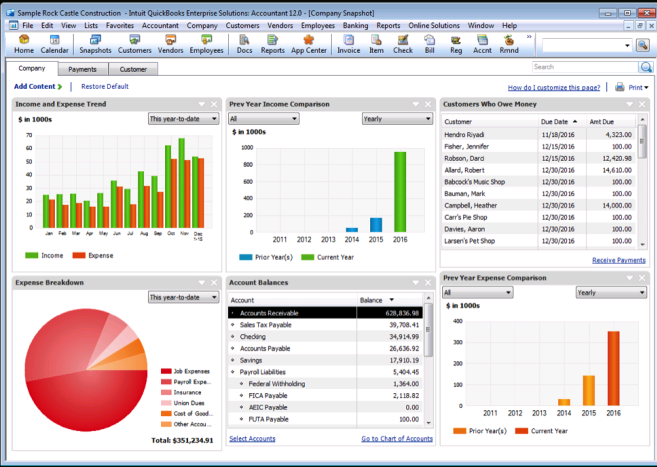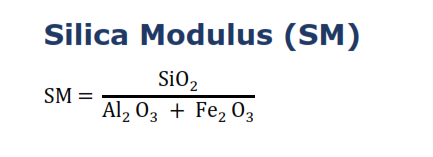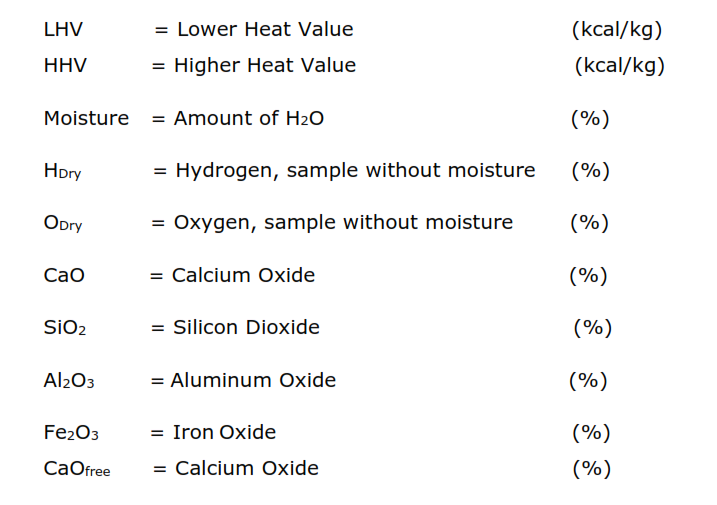Contents
post #1 in Cement industry Key Performance Indicators

to Download the Book of KPI in cement Industry and more than 12 expert books in cement industry kindly click here
For any cement factory in the world it is important to have a set of common and robust performance indicators that quantify and benchmark the progress toward yearly goals. These are referred to as Key Performance Indicators (KPI).
First we will begin with some definitions for cement industry students and Cement Engineers who begin their practical work , if you are cement expert you can skip this part.
Definitions:
Lime Saturation Factor (LSF)

Silica Modulus (SM)

Alumina Modulus (AM)

C3S

Clinker Factor

Note: The clinker factor should be calculated when the raw mill is in operation.
Cement Factor

Heat Value
For gas and liquid fuels use the lower heat value (LHV) or CVnet provided by the supplier. For solid fuels calculate the lower heat value (LHV) or CVnet from the higher heat value determined from the sample as fired:


Best Demonstrated Practice (BDP)
Description
The Best Demonstrated Practice (BDP) is the production capacity which a production department is capable to achieve. Is measured in tons/day (kiln) or tons/hour (mills, crusher, packers) for any product type. It is defined as the maximum production rate in a calendar week for every calendar year. The BDP is reviewed annually by the O&M Performance Manager and only changes approved for him may come into effect. The BDP should not be lower than the design capacity.
The BDP is used as an indicator of the potential department’s capacity.
The nominal capacity is the figure used to calculate the Performance Factor (PF).